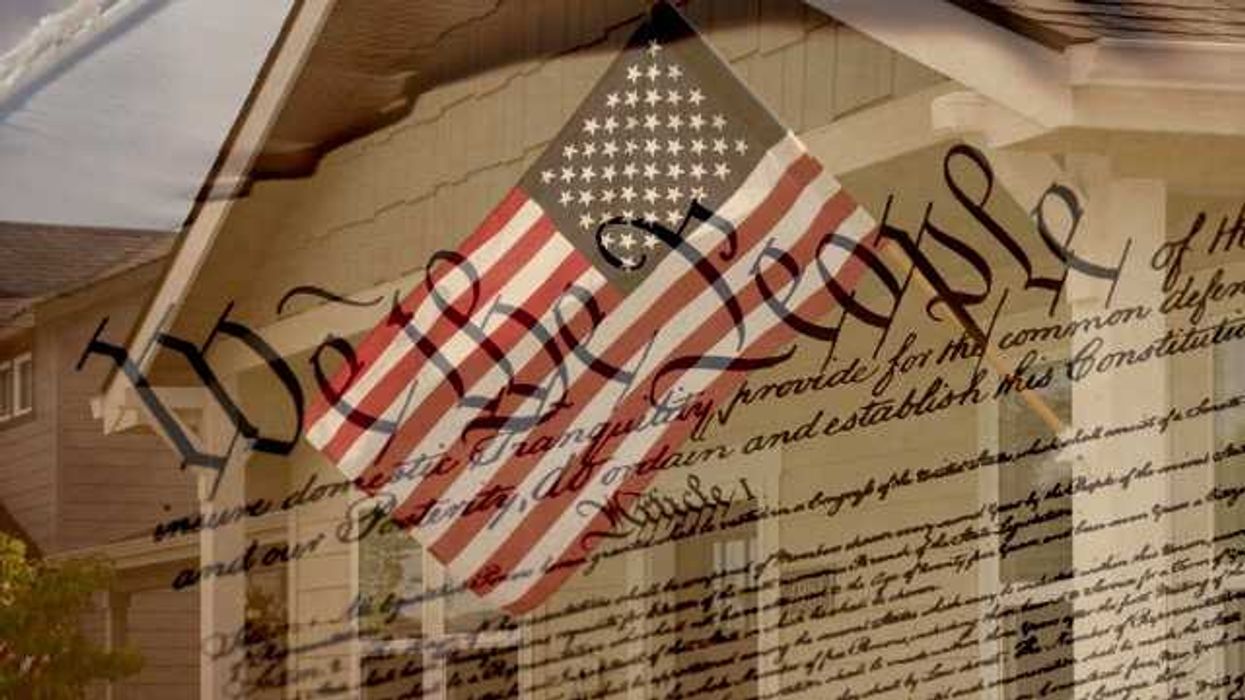Wisconsin has taken a small but symbolically resonant step to speed access to the voting booth, thanks to some rare bipartisanship by a state election regulatory agency.
At a time when efforts to purge the voter rolls have made headlines in several politically red states, purple Wisconsin is going the other way in time for 2020, when its 12 electoral votes will be intensely contested. President Trump carried the state by a scant 22,000 votes last time, the first GOP nominee to win there in eight elections.
All six members of the state Elections Commission – two Republicans, two Democrats and two independents – voted Tuesday to make it more difficult to cull the roster of voters. People who appear to have moved within the state will now have as long as two years to update their registrations.
Until now, the deadline was only one month. And before the 2018 midterm election, elections officials applied that rule by sending postcards to 308,000 voters – 11 percent of the entire registration list—saying state records indicated they had moved and so their franchise was being deactivated.
The decision caused long delays at some polling places, with reports of hundreds who'd recently moved deciding to give up rather than wait to file a new voter registration. (Wisconsin is among the 18 states that permit people to register on Election Day.)











 Shannon Gormley, Rhode Island Public Schools
Shannon Gormley, Rhode Island Public Schools Les Sinclair, Blue Ridge Area Food Bank
Les Sinclair, Blue Ridge Area Food Bank Elena Casillas Hoffman,
Elena Casillas Hoffman, 
 Darrious Hilmon, Executive Director, CAN-TV
Darrious Hilmon, Executive Director, CAN-TV










